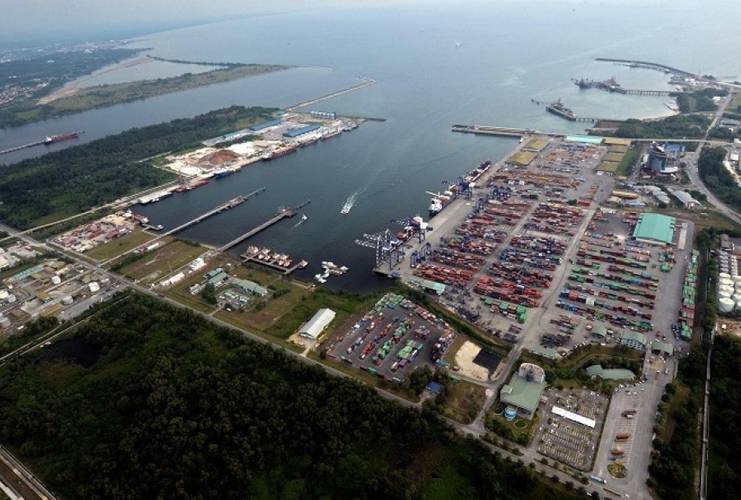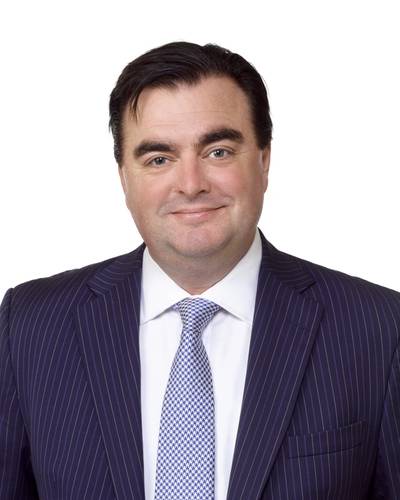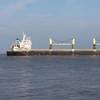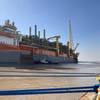Paul Charlton, Managing Director of BMT WBM’s Machinery Group discusses the new bulk handling facilities being built at Samalaju Port in East Malaysia.
In its efforts to efficiently service the anticipated increase in cargo which will be generated by industries relocating to the Sarawak Corridor of Renewable Energy (SCORE), Bintulu Port Holdings Bhd, a Malaysian government-linked company, is investing approximately RM1.89 billion ($500 million USD) in the emerging port of Samalaju in East Malaysia. The new import/export facilities will support the new Samalaju Industrial Park which is seeing a steady increase in the number of companies involved in aluminum, silicon, manganese and phosphate processing that are being drawn to the area, due to the inexpensive energy that is available.
To draw on their wealth of experience of working on similar projects, Samalaju Industrial Port Sdn Bhd turned to Muhibbah Engineering (M) Bhd and BMT for the detailed design, fabrication, procurement, installation and commissioning of the Conveyor System Facilities (CSF). Specifically, BMT was tasked with reviewing the design to help ensure the project meets the technical specifications and commercial requirements set out by the client and that the new facilities deliver efficient operational performance.
Jiaozou Creation Machinery Co. Ltd was also chosen as a further subcontractor for the design, fabrication and erection with BMT taking on the additional role as Muhibbah’s technical experts to audit the Creation design and assist with plant construction and commissioning.
It has been estimated that Samalaju Port will handle around six million tons of cargo in its first full year of operations and robust materials handling facilities will be key to the success of the facility. Phase one of the project includes one pipe conveyor approximately 2,000 meters long dedicated to handling aluminum oxide, 13 conventional conveyors making up three import systems for a range of materials, three stockyards, three stackers and a control centre for the whole plant. There will be four conveyor lines to deliver raw materials from the port wharf to one of three open stockpile areas, or to the industrial park user conveyor systems at the port boundary transfer house. The material delivered to the stockpiles will be through a travelling stacker system.
There will also be four major transfer houses in the CSF to take the material from the conveyors into the stockpile areas or on to the outlet transfer house at the port boundary. Initially, the stockpile areas will be serviced by material handlers, front end loaders and trucks to deliver the materials to the end users within the industrial park. In the future phases of the project, scraper reclaimers will be introduced and these will deliver materials to an automated truck loading station, back onto the conveyor system to the industrial park conveyors, or to the export ship loader. Furthermore, an export conveyor system that can deliver material from the port boundary into the stockpile area or directly to a ship loader will be introduced. The design rate for this system will be 3,000 tons per hour (tph).
A series of conventional conveyors will take the materials from the conveyors at the transfer houses and deliver it through a travelling stacker system to each of the three stockpile systems. The stackers which will be provided will be a tripper carriage and a luffing discharge boom arrangement at right angles to the delivery conveyor (fixed boom type). The discharge boom will be capable of developing a full stockpile 30 meters wide and approximately 12 meters high along the full length of the stockpile. The boom luff feature is to minimize the production of dust by maintaining a low drop height for the material.
Minimizing the level of dust is one of several technical challenges BMT has had to address within this project to date. There will be many different types of materials passing through the port system, with material densities ranging from 800 kg/m3 to 3,200 kg/m3. The ship unloading, conveying and stockpiling systems must be designed to accommodate all of the materials and the range of associated properties. Furthermore, environmental issues such as dust, noise and run off pollution must be addressed. Therefore, the design must consider:
- Material density – to ensure adequate power is provided, conveyors have adequate volumetric capacity for low density materials and structural design accommodates all loads
- Abrasiveness – transfer design must include wear liners in appropriate locations
- Material build-up – transfer design must not allow build-up of material which can cause blockages. Usually this would include low friction liners but this can be counterproductive for abrasive materials
- Dust – dust can be generated in transfers and at discharge from stackers. The design must allow for dust to be appropriately controlled in line with environmental restrictions
- Transfer design – it must be recognized that each material behaves differently with regards to acceleration at load points, flow properties through chutes at transfer placement onto the following conveyor, etc.
As design auditors, BMT is using its in-depth knowledge and expertise to ensure that internationally recognized standards can be met and if required, to modify the standard (basic) design to meet the requirements of the wide range of materials that will be transported through these systems. BMT’s credible reputation has also resulted in its experts assisting clients within the industrial park in regards to their materials handling requirements to and from the port.
Dr. Mark Yong, one of BMT’s Business Development Directors in the Asia-Pacific region commented, “As a native of Sarawak, I’m particularly proud that BMT is involved in this project, a unique combination of BMT’s technical skillsets and value being applied to the economic development of the State. We also view this project as another key milestone in the long-term relationship between BMT and Muhibbah Engineering.”
The CSF project is currently in the design phase and fabrication and civil works on the site have commenced. The wharf which is currently under construction will be handed over early 2016.
About the author
Paul Charlton is Managing Director of BMT WBM’s Machinery Group















